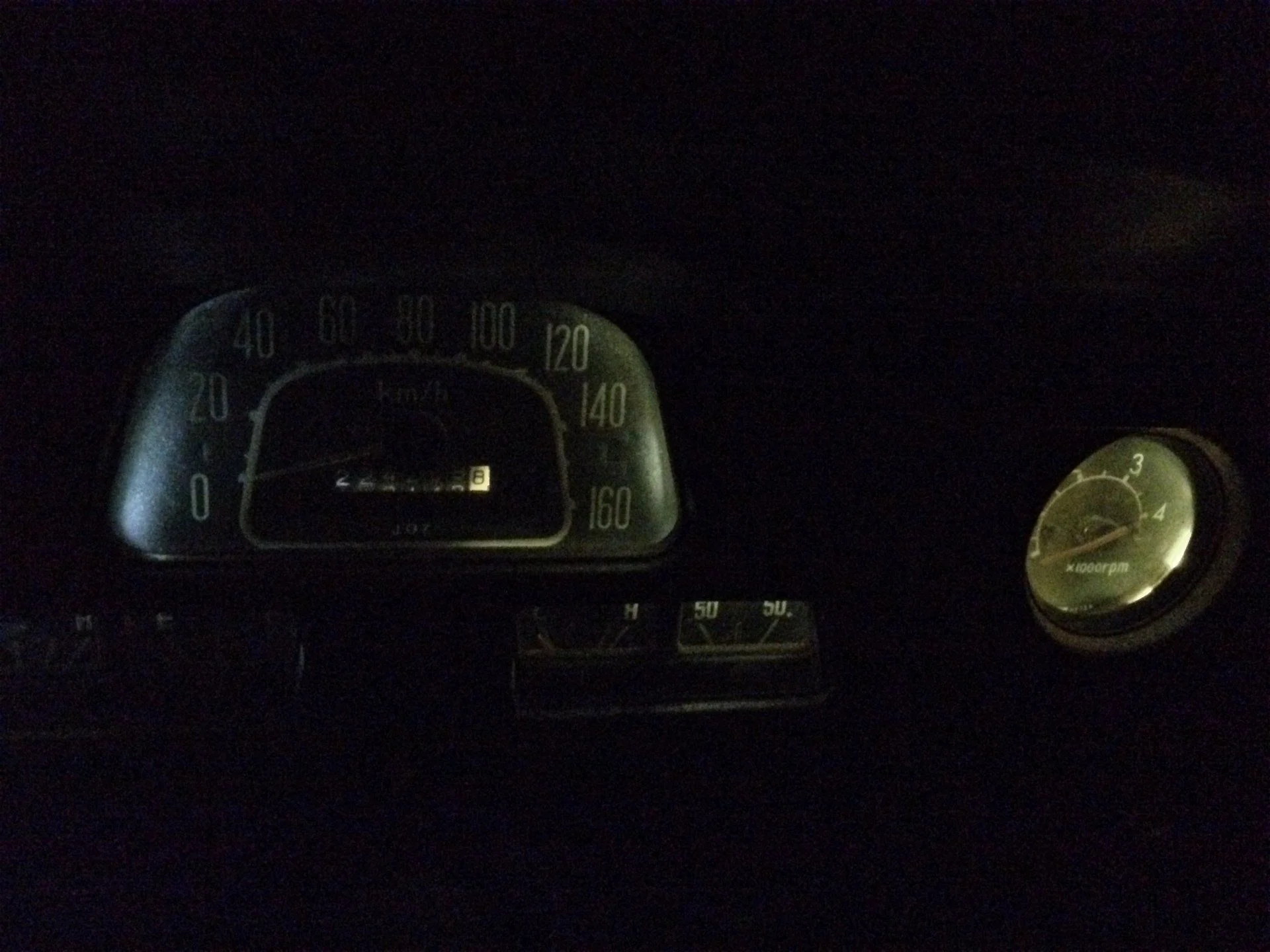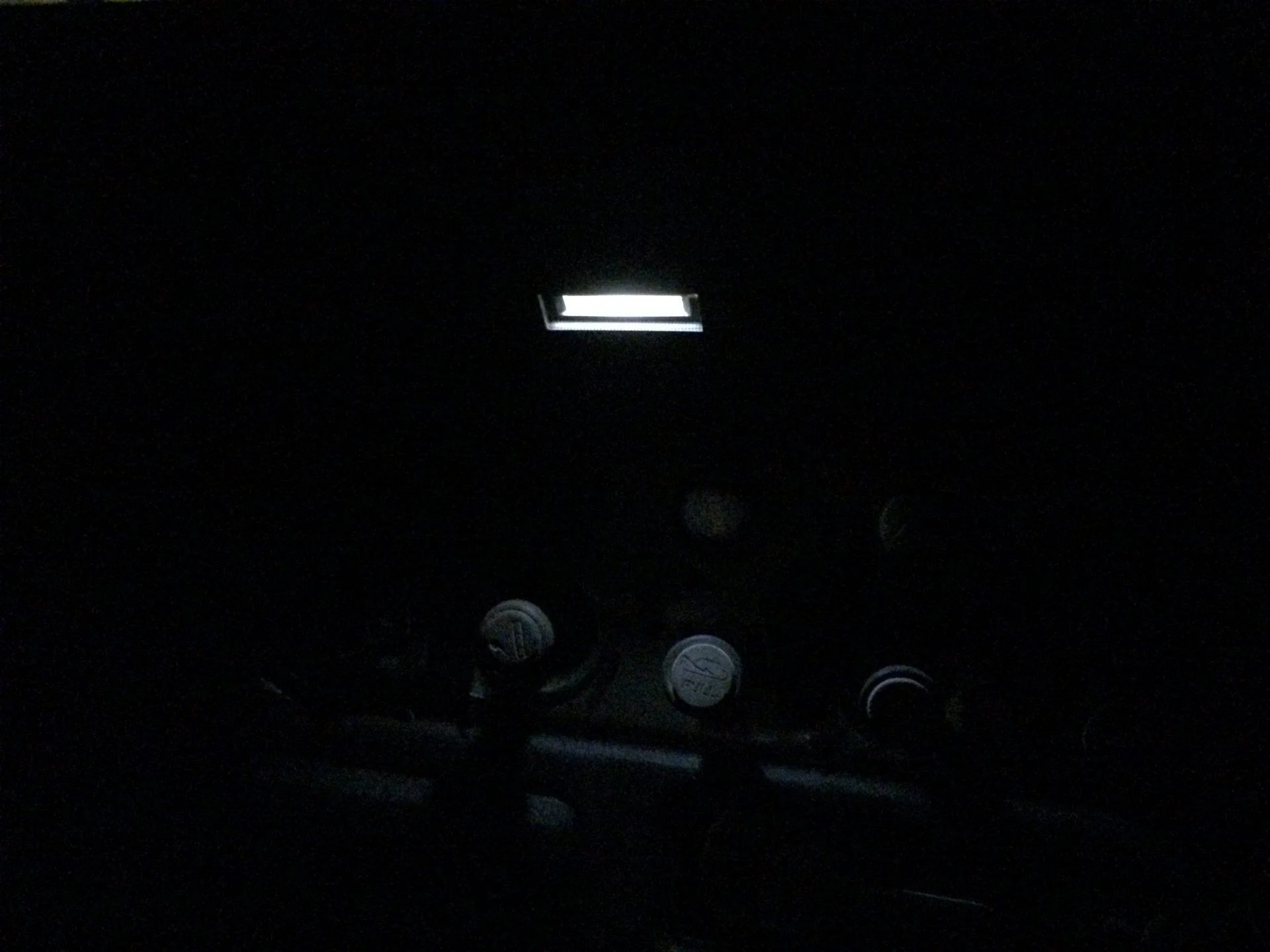Please send copies to my email:
ruud.coco@gmail.com
No. Remove switch from the dash and leave it connected to the harness.
Black lead to ground (bare metal) and red lead to G-R should read 12V at all times.
Next; pull switch and check G-Y/G for voltage.
Question.... do you have running lights?
Rudi
Rudi, I shared with you via Google Drive the parts of the diagram I have on my computer. Let me know if you can't see them (it was a 200MB scan, so too big to e-mail).
I had a chance to get a little more time in the truck last night. Without a lot of light and with only two hands, I wasn't able to test with the switch connected to the harness. There were too many dangling bits and not enough hands to manipulate lights, switches and the multimeter all at once. Also, I had a question: in order for the multimeter's probe to measure anything on the switch, would I need to expose some of the bare wire underneath the plastic coating? Otherwise I wasn't sure how I would go about measuring G-R and G-Y/G for voltage with the male and female parts of the switch still attached.
Nevertheless, while I was in there i did measure the voltage on the female portion of the switch, and discovered that I have 12V on R at all times, and something like 0.9V on G-R. So would that suggest that somewhere along the lines between the fuse panel and the headlight switch the R and the G-R wires are connected incorrectly? Or at least no longer in accordance with the diagram?
FWIW, here is my switch wiring.
Top view:
Bottom view:
So the switch itself seems to look about like this:
+-------------+----------+-------------+
| R (2x) | | G-R (2x) |
+-------------+----------+-------------+
| G (2x) | | R-W |
+-------------+----------+-------------+
I suppose that bottom right wire could by R-Y, but it sure looks white to me. But it also looks stock, so maybe I'm just a little color blind.
According to my diagram, G-R comes from the TAIL fuse, and R comes from the HEAD fuse.
Now, I know that things are wonky at my fuse panel, so that seems a likely next place to investigate, but to answer your question, Rudi, I don't have running lights (the side markers on the front turn signal lamps serve as the running lights, right?) and, lo and behold, I DON"T HAVE TAIL LIGHTS!!!
I confirmed that the rear turn signal lamps and the rear brake lamps light at the appropriate times, so the wiring going back to the rear seems OK.
So is the fuse panel to the headlight switch my next path of investigation?





